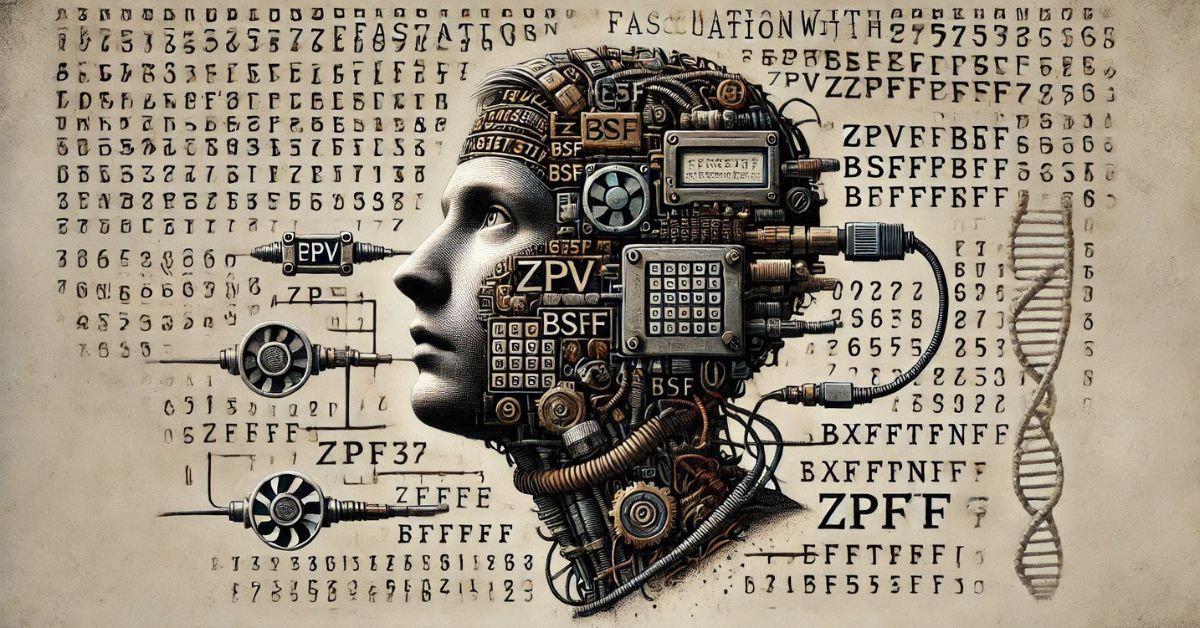Codes and ciphers have captivated humanity for centuries, blending the allure of secrecy with intellectual challenges. From ancient cryptographic techniques like the Caesar cipher to the sophisticated encryption algorithms of the digital era, the pursuit of hidden meanings has remained an exercise in ingenuity and curiosity. One intriguing string, “ZPV BSF BXFTPNF,” has drawn attention among enthusiasts. In this article, we will unravel its meaning, examine the methods used to decode it, and explore its broader significance.
What Does “ZPV BSF BXFTPNF” Mean?
At first glance, “ZPV BSF BXFTPNF” appears to be a random sequence of letters. However, upon closer inspection, it reveals its true identity as a message encoded using a basic cryptographic method known as the Caesar cipher. When decoded with a shift of -1, the mysterious string transforms into a clear and uplifting message: “YOU ARE AWESOME.”
This transformation showcases the timeless simplicity and effectiveness of substitution ciphers, which rely on shifting letters within the alphabet to create encrypted messages. While the Caesar cipher is relatively easy to break by today’s standards, its enduring legacy is a testament to its historical significance and continued appeal.
The Caesar Cipher: A Historical Perspective
Origins and Early Use
The Caesar cipher dates back to Roman times, where Julius Caesar used it to protect sensitive military information. By shifting the alphabet, he ensured that intercepted messages remained unintelligible to enemies.
Evolution of Substitution Ciphers
Over the centuries, substitution ciphers like the Caesar cipher evolved into more complex systems, laying the groundwork for modern encryption techniques. These methods were vital in shaping cryptographic practices across cultures and eras.
Decoding the Message: The Caesar Cipher Explained
The Caesar cipher is one of the oldest and simplest forms of encryption. Named after Julius Caesar, who is believed to have used it to secure military communications, this cipher involves shifting each letter of the plaintext by a fixed number of places in the alphabet. Here’s how it works:
How the Cipher Works
Encoding Process:
- Choose a shift value (e.g., +3 or -1).
- Replace each letter in the original message with the letter that is a certain number of places away in the alphabet.
Decoding Process:
- Reverse the shift to return the encrypted text to its original form.
Applying the Cipher to “ZPV BSF BXFTPNF”
For the string “ZPV BSF BXFTPNF,” the shift value is -1. Applying this shift to each letter yields:
- “ZPV” becomes “YOU”
- “BSF” becomes “ARE”
- “BXFTPNF” becomes “AWESOME”
This simple yet ingenious technique highlights how a basic substitution can transform an ordinary message into an intriguing puzzle.
The Broader Significance of Cryptography
Historical Roots
Cryptography has its origins in ancient civilizations. Beyond the Caesar cipher, techniques like the Atbash cipher (used in Hebrew texts) and the Polybius square illustrate humanity’s long-standing fascination with securing and obscuring information. These methods served as essential tools for diplomacy, military strategy, and secret communication.
Modern-Day Relevance
Today, cryptography has evolved into a cornerstone of digital security. From protecting sensitive data in online transactions to enabling secure communications through end-to-end encryption, advanced algorithms like RSA and AES ensure the safety and privacy of modern digital interactions.
Cultural Appeal
Beyond its practical applications, cryptography has also permeated popular culture. From thrilling espionage novels to blockbuster films, the art of decoding messages captures our imagination, reminding us of the enduring mystery and allure of hidden meanings.
Practical Applications of Cryptography
Data Security
Modern cryptography protects sensitive information such as passwords, credit card details, and personal communications. Techniques like hashing and encryption make data inaccessible to unauthorized users.
Secure Communication
Cryptographic protocols like SSL/TLS enable secure communication over the internet, ensuring that messages and data remain confidential and tamper-proof.
Blockchain Technology
Blockchain systems rely on cryptographic principles to ensure transaction integrity, secure digital assets, and create trustless systems.
Why Codes and Ciphers Continue to Fascinate
Intellectual Challenge
Decoding ciphers combines analytical thinking, pattern recognition, and creativity. Solving puzzles like “ZPV BSF BXFTPNF” offers a sense of accomplishment and fuels a deeper appreciation for the intricacies of language and logic.
Sense of Discovery
Hidden messages evoke curiosity, inviting individuals to unravel secrets and uncover truths. This sense of discovery resonates deeply, connecting us to a rich tradition of problem-solving and exploration.
Practical Importance
As technology advances, the principles of cryptography remain central to ensuring data integrity and privacy. Understanding the evolution of codes and ciphers fosters an appreciation for the systems that safeguard our digital world.
The Role of Cryptography in Modern Society
In Finance
From online banking to cryptocurrency transactions, cryptography ensures the confidentiality and integrity of financial operations.
In Healthcare
Patient records and medical communications rely on encryption to protect sensitive health information from breaches.
In National Security
Governments use advanced cryptographic techniques to secure classified information and counter cyber threats.
Conclusion
The string “ZPV BSF BXFTPNF” may seem like an enigma at first, but its decoded message, “YOU ARE AWESOME,” serves as a simple yet powerful reminder of the joy and creativity inherent in cryptographic puzzles. From the Caesar cipher’s historical roots to the complex encryption systems of today, codes and ciphers bridge the gap between past and present, blending mystery with innovation.
Whether you’re a seasoned cryptographer or a curious beginner, exploring the world of codes offers endless opportunities to learn, discover, and be inspired. So the next time you encounter a string of seemingly random letters, take a moment to decode it—you never know what awesome message might be hidden within!
Also Read: Qefmzxuefae: Decoding the Mystery Behind the Enigmatic Term

